January 2021 Book Selection
“We like to pretend that all those white faces who carried protest signs and batons, who turned on their sprinklers and their fire hoses, who wrote against the demonstrations and preached against the changes, just disappeared. We like to pretend that they were won over, transformed, the moment King proclaimed, “I have a dream.” We don’t want to acknowledge that just as Black people who experienced Jim Crow are still alive, so are the white people who vehemently protected it—who drew red lines around Black neighborhoods and divested them of support given to average white citizens. We ignore that white people still avoid Black neighborhoods, still don’t want their kids going to predominantly Black schools, still don’t want to destroy segregation.”
― Austin Channing Brown
“I’m Still Here: Black Dignity in a World Made For Whiteness”
Austin Channing Brown’s first encounter with a racialized America came at age seven, when she discovered her parents named her Austin to deceive future employers into thinking she was a white man. Growing up in majority-white schools and churches, Austin writes, “I had to learn what it means to love blackness,” a journey that led to a lifetime spent navigating America’s racial divide as a writer, speaker, and expert helping organizations practice genuine inclusion.
In a time when nearly every institution (schools, churches, universities, businesses) claims to value diversity in its mission statement, Austin writes in breathtaking detail about her journey to self-worth and the pitfalls that kill our attempts at racial justice. Her stories bear witness to the complexity of America’s social fabric—from Black Cleveland neighborhoods to private schools in the middle-class suburbs, from prison walls to the boardrooms at majority-white organizations.
Discussion questions.
Want to prepare ahead of time? Here is what you need.
Be sure to bring a journal for our written reflection at the end. Take a look at the discussion questions we will be using to guide the meeting.
1. Austin first read the poem “We Wear the Mask” by Paul Laurence Dunbar in a high school English class. Have someone read “We Wear the Mask” aloud (on the previous page). What do you think he was trying to convey? How does this poem resonate with you?
2. There came a major turning point in Austin’s life on a college trip called Sankofa. On this trip she committed her life to pursuing racial justice when a friend of hers declared that doing nothing is no longer an option for her. When did you decide that “doing nothing is no longer an option" for you?
3. In chapter 6, Austin shares a couple stories about navigating the emotional fragility of white people who did not respect her authority because she is a black woman. Share an instance when you encountered white fragility. Have you ever been overcome by your own fragility? How can white fragility be resisted?
4. In chapter 7 Austin writes “Sadly, most white people are more worried about being called racist than about whether or not their actions are in fact racist or harmful.” Has this been your experience?
5. Anger is an appropriate reaction to injustice, but Austin shares that she really struggled to become comfortable expressing that anger. How can white people do a better job of listening to the anger of people of color? How can white organizations make space to respond in supportive ways to the anger people of color express?
In the chapter on Creative Anger, Austin shares that she has become intimate with her anger. How does listening to the anger of people of color honor their dignity?
6. Because Austin was pregnant as she wrote this book, she includes a letter to her son where she talks openly about the difficulties her son may face in his future. Did your parents openly teach you about race? What did they convey and how?

